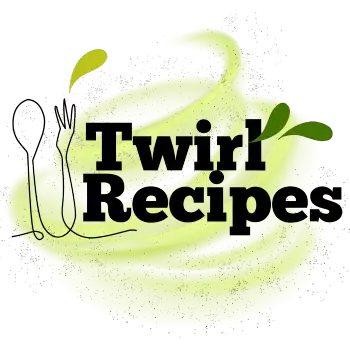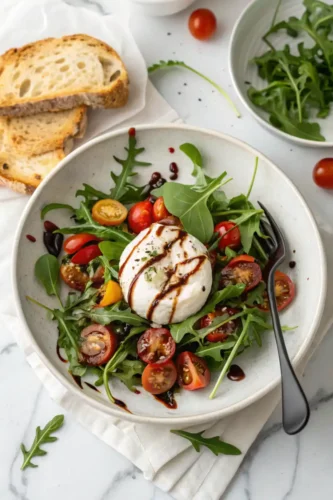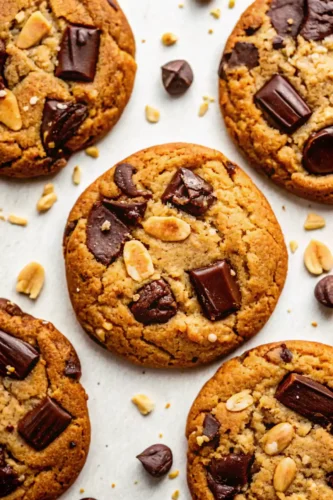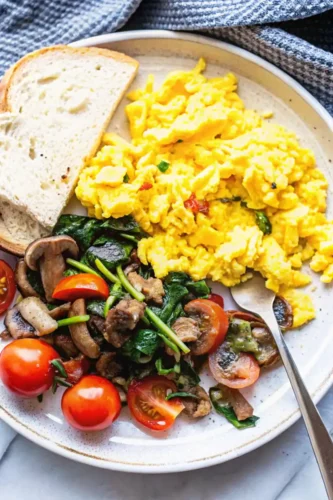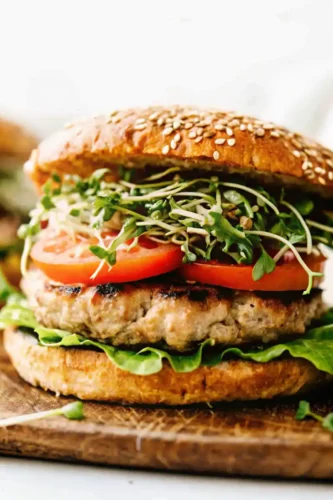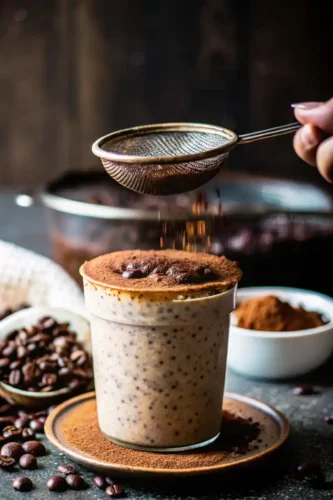Cajun Shrimp Pasta is a fusion of Cajun culinary traditions and classic pasta dishes. Originating from Louisiana, Cajun cuisine is known for its bold, spicy flavors, heavily influenced by French, African, and Spanish cooking techniques. This dish features succulent shrimp seasoned with Cajun spices, served over pasta enveloped in a creamy sauce that balances out the heat.
Table of Contents
What Makes Cajun Shrimp Pasta Unique?
One standout feature of this dish is the use of blackened shrimp. Blackening involves coating the shrimp in a robust spice mix and searing them to perfection, creating a smoky, caramelized crust. The process intensifies the flavor, adding depth to the dish.
Additionally, the cajun cream sauce is a defining component. Made with heavy cream, butter, garlic, and Cajun seasoning, this sauce provides a luscious base that binds all the elements together. Unlike traditional Alfredo, the Cajun twist infuses the sauce with a unique warmth and complexity.
When comparing it to similar dishes like cajun shrimp alfredo, you’ll notice a bolder spice profile and the optional addition of vegetables such as bell peppers or spinach. The versatility of this dish allows you to tweak it for different textures and flavors.
Nutritional Value of Cajun Shrimp Pasta
Cajun Shrimp Pasta isn’t just flavorful—it’s also nutritious when balanced correctly. Shrimp is an excellent source of lean protein and omega-3 fatty acids, which promote heart health. The pasta provides carbohydrates for energy, while the cream adds richness.
To make the dish healthier, consider options like whole-grain pasta or reducing the cream content. Incorporating vegetables like spinach, tomatoes, or bell peppers can increase the dish’s fiber and vitamin content, making it a well-rounded meal.
Ingredients for Perfect Cajun Shrimp Pasta
Creating a flavorful Cajun Shrimp Pasta begins with selecting the right ingredients. Each component plays a crucial role in building the dish’s signature bold, creamy, and savory profile.
Main Ingredients Breakdown
Shrimp
Shrimp is the star of the dish, and choosing the right type is essential. Opt for medium to large shrimp (16–20 count per pound) for the best texture and flavor. Frozen shrimp is convenient and often fresher than store-bought “fresh” shrimp, as it’s flash-frozen shortly after being caught. Thaw shrimp in cold water before use. For ease, purchase shrimp that’s already peeled and deveined. Leaving the tail on adds visual appeal but is optional.
Cajun Cream Sauce
This rich, velvety sauce is what sets Cajun Shrimp Pasta apart. Heavy cream provides the base of the sauce, though alternatives like half-and-half or coconut cream work for lighter versions. Butter adds richness and smoothness to the sauce, while freshly minced garlic enhances the sauce with a fragrant depth. Cajun seasoning, a blend of spices such as paprika, cayenne, garlic powder, onion powder, and herbs like thyme or oregano, is a key component. You can use store-bought or make a homemade blend.
Pasta
The type of pasta you choose will influence the overall texture and how the sauce adheres. Fettuccine is a classic choice for creamy dishes. Penne, with its ridges and tube shape, holds the sauce beautifully. Spaghetti or linguine are excellent for lighter, more delicate textures.
Optional Add-ins
Diced bell peppers, spinach, or mushrooms complement the creamy and spicy flavors. Adding chicken or sausage creates cajun chicken and shrimp pasta. Parmesan cheese enhances the creamy base with a nutty, savory flavor.
Choosing the Right Cajun Seasoning
Cajun seasoning is a cornerstone of this dish, delivering its signature spice and warmth. While many excellent store-bought blends are available, making your own allows you to control the flavor profile and spice level.
Homemade Cajun Seasoning Recipe
Mix two teaspoons of paprika, one teaspoon each of cayenne pepper (adjust for heat tolerance), garlic powder, onion powder, dried oregano, and dried thyme, and half a teaspoon each of salt and black pepper. Store leftovers in an airtight container and adjust the cayenne and paprika for your preferred spice level.
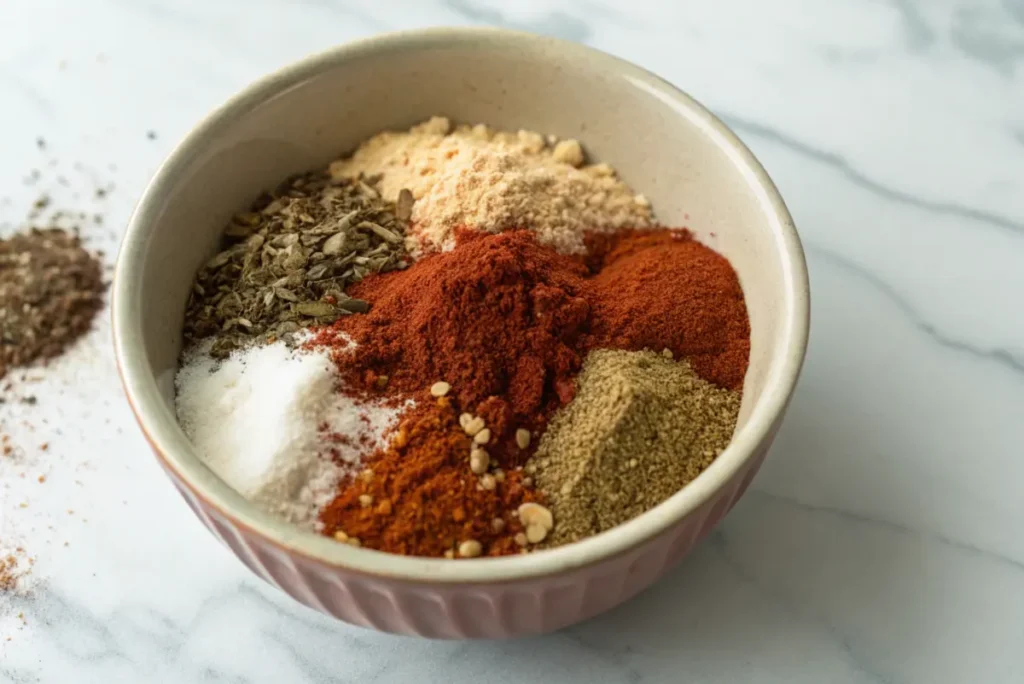
Tips for Selecting High-Quality Ingredients
Fresh herbs and garlic offer vibrant flavors that elevate the dish. High-quality pasta made with durum wheat semolina provides a superior texture. For environmentally friendly options, choose shrimp certified by organizations like the MSC or ASC.
With the perfect ingredients in hand, you’re ready to bring this delicious dish to life.
Step-by-Step Guide to Making Cajun Shrimp Pasta
Mastering the preparation of Cajun Shrimp Pasta involves attention to detail and technique. Each step is designed to maximize flavor, texture, and presentation, resulting in a dish that feels as good as it tastes.
Preparation Steps
Step 1: Prepping the Shrimp
Start by cleaning and deveining the shrimp if it hasn’t already been done. Pat the shrimp dry with a paper towel to ensure it sears properly during cooking. Season the shrimp generously with Cajun seasoning, ensuring an even coat for maximum flavor. If you want the bold, smoky flavor of blackened shrimp, use a heavier seasoning layer.
Step 2: Cooking the Pasta
Bring a large pot of salted water to a boil. Add your pasta of choice and cook until it’s al dente, typically a minute or two less than the package instructions suggest. Reserve about one cup of the pasta water before draining, as this can be used to adjust the sauce’s consistency later. Set the cooked pasta aside.
Making the Cajun Cream Sauce
Step 3: Searing the Shrimp
In a large skillet, heat two tablespoons of olive oil or butter over medium-high heat. Add the shrimp in a single layer, ensuring they don’t overcrowd the pan. Sear the shrimp for 2–3 minutes on each side until they turn pink and develop a slight crust. Remove the shrimp from the skillet and set them aside.
Step 4: Preparing the Base
In the same skillet, melt two tablespoons of butter and sauté minced garlic until fragrant, about 1 minute. If you’re incorporating vegetables such as bell peppers or mushrooms, add them now and cook until softened. Sprinkle a teaspoon of Cajun seasoning into the butter and garlic mixture, allowing it to bloom and enhance the flavors.
Step 5: Building the Sauce
Slowly pour in one cup of heavy cream, stirring constantly to create a smooth consistency. Add half a cup of grated Parmesan cheese, stirring until the cheese melts and the sauce thickens slightly. Taste and adjust seasoning with salt, pepper, or additional Cajun spice for your desired heat level.
Step 6: Adjusting the Consistency
If the sauce feels too thick, add reserved pasta water one tablespoon at a time until it reaches your desired consistency. This step ensures the sauce clings beautifully to the pasta.
Combining Ingredients
Step 7: Tossing the Pasta
Add the cooked pasta to the skillet and toss it thoroughly to coat it in the sauce. Gently fold in the seared shrimp, ensuring every piece is evenly distributed.
Step 8: Final Touches
For added flair, sprinkle chopped fresh parsley and additional Parmesan cheese over the dish. A squeeze of fresh lemon juice can also brighten the flavors.
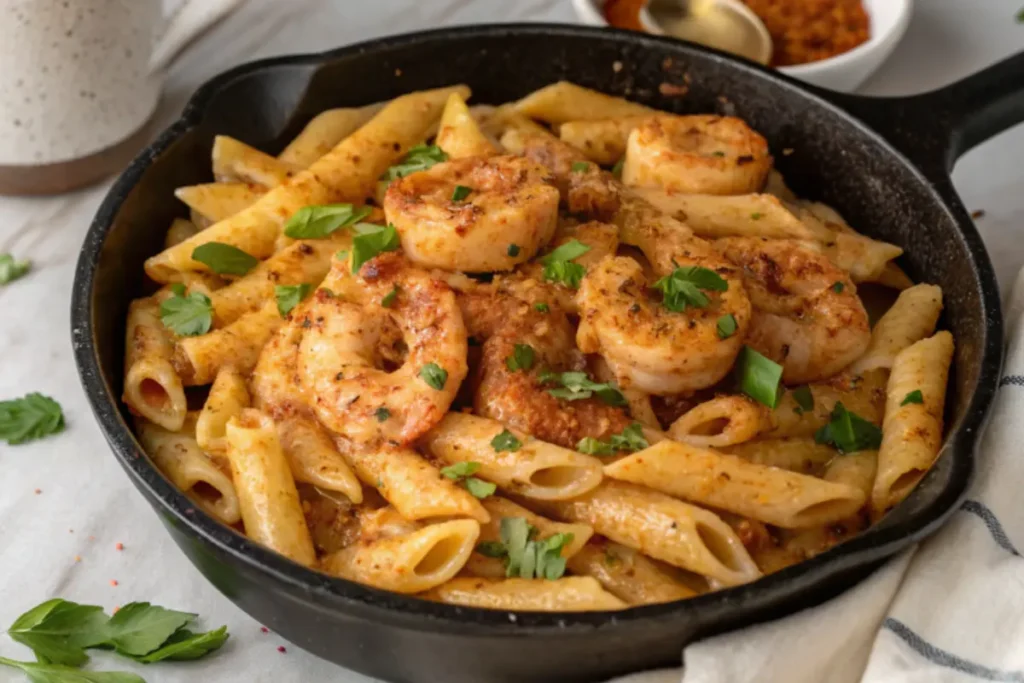
Common Mistakes to Avoid
Avoid overcooking the shrimp, as they can become rubbery and lose their tenderness. Cooking them just until they turn pink is sufficient. Similarly, cooking the pasta too far past al dente can make the dish heavy and less appealing. When seasoning the sauce, taste frequently to ensure the spice level aligns with your preferences.
Variations of Cajun Shrimp Pasta
Cajun Shrimp Pasta is a versatile dish that can be customized to suit different flavor profiles, dietary preferences, and ingredient availability. Below are some popular variations and ways to make this recipe your own.
Cajun Shrimp Alfredo vs. Spicy Shrimp Pasta
Cajun Shrimp Alfredo
This variation leans heavily into the creamy aspect of the dish, closely resembling classic Alfredo pasta but with a Cajun twist. To make this version:
- Use a generous amount of Parmesan cheese for a richer, thicker sauce.
- Reduce the amount of Cajun seasoning to make the dish milder and more focused on creaminess.
- Add butter and cream in equal parts to create a silkier texture.
Spicy Shrimp Pasta
For those who prefer a more robust kick, spicy shrimp pasta amps up the heat. To achieve this version:
- Increase the cayenne pepper or add red pepper flakes to the Cajun seasoning.
- Use less cream or opt for chicken broth to let the spices shine through.
- Consider adding a splash of hot sauce for an extra fiery finish.
Adding Chicken or Other Proteins
To make Cajun Chicken and Shrimp Pasta or Cajun Shrimp Chicken Pasta, follow these tips:
- Slice boneless, skinless chicken breasts or thighs into strips and season them with Cajun seasoning.
- Sear the chicken in the same skillet before cooking the shrimp, then set it aside. Add it back into the dish along with the shrimp before serving.
- For an even heartier version, smoked sausage or andouille sausage can be sautéed and included for a smoky, meaty flavor.
Vegetarian Options
For a vegetarian-friendly version, replace the shrimp with hearty vegetables or plant-based proteins.
- Vegetables: Portobello mushrooms, zucchini, or eggplant can mimic the texture and umami of shrimp.
- Plant-Based Proteins: Use tofu or tempeh, seasoned and pan-seared with Cajun spices, to replicate the dish’s protein content.
- Swap chicken broth with vegetable broth to ensure the dish remains fully vegetarian.
Incorporating Fresh Ingredients for a Twist
Adding fresh ingredients can elevate the dish.
- Spinach: Stir in fresh spinach toward the end of cooking to add a pop of color and extra nutrients.
- Tomatoes: Diced tomatoes or cherry tomato halves can bring a slight sweetness that balances the spice.
- Herbs: Fresh basil or thyme can add a unique flavor that complements the Cajun seasoning.
Healthier Options
For a lighter version:
- Replace heavy cream with half-and-half or evaporated milk.
- Use whole-grain or gluten-free pasta to increase fiber content and cater to dietary needs.
- Reduce butter and use olive oil for a healthier fat source.
Serving Cajun Shrimp Pasta
The presentation and accompaniments of Cajun Shrimp Pasta can take this dish to the next level. Whether you’re preparing it for a family dinner or a special occasion, serving it the right way makes it all the more memorable.
Side Dishes to Pair with Cajun Shrimp Pasta
A well-chosen side dish can balance the richness and spice of Cajun Shrimp Pasta. Here are a few complementary options:
Garlic Bread
Crispy, buttery garlic bread is a classic choice. The crunch contrasts beautifully with the creamy pasta, while the garlic ties into the dish’s flavors. Use French bread or a baguette, brushed with garlic-infused butter and toasted until golden.
Caesar Salad
A fresh Caesar salad, with its crisp romaine lettuce, tangy dressing, and croutons, offers a refreshing counterpoint to the creamy and spicy flavors. Consider topping it with a sprinkle of Parmesan for continuity.
Roasted Vegetables
Oven-roasted vegetables like asparagus, zucchini, or broccoli add a nutritious and colorful element. Their earthy flavor pairs well with the bold Cajun spices.
Cornbread
Sweet or savory cornbread is another Southern-inspired side dish that complements the spice of Cajun Shrimp Pasta. Serve it warm with a dollop of butter for the best experience.
FAQs About Cajun Shrimp Pasta
Here are answers to some commonly asked questions to help you master Cajun Shrimp Pasta and customize it to your preferences.
What Goes Well With Cajun Shrimp?
Cajun shrimp pairs beautifully with a variety of side dishes and accompaniments. Classic options include:
- Rice or creamy grits for a Southern-inspired touch.
- Steamed or roasted vegetables like asparagus, zucchini, or green beans.
- Crusty bread or garlic toast to soak up the creamy Cajun sauce.
- Light salads with vinaigrette to balance the spice and richness of the dish.
Why Do You Have to Leave the Tails on Shrimp Pasta?
Leaving the tails on shrimp is a common culinary practice for both aesthetic and practical reasons:
- Aesthetic Appeal: The tails add visual interest, making the dish look more elegant and appetizing.
- Flavor Boost: Shrimp tails contain flavorful juices that enhance the dish during cooking.
- Eating Experience: While it may require a bit more effort to remove the tails, some diners enjoy the hands-on aspect of peeling them. If you prefer convenience, you can remove the tails before cooking.
What Can I Substitute for Heavy Cream?
If you’re looking for a lighter or dairy-free alternative to heavy cream, consider options such as coconut cream or almond milk mixed with a thickener (like cornstarch). These substitutes maintain a creamy texture while catering to dietary preferences. For more ideas, explore this comprehensive list of heavy cream substitutes.
Can I Make Cajun Shrimp Pasta Gluten-Free?
Yes, Cajun Shrimp Pasta can be made gluten-free with a few adjustments:
- Use gluten-free pasta made from rice, quinoa, or chickpea flour.
- Double-check that your Cajun seasoning and Parmesan cheese are gluten-free, as some brands may contain additives.
- If thickening the sauce, use cornstarch or gluten-free flour instead of traditional flour.
Conclusion
Cajun Shrimp Pasta is a bold and flavorful dish that brings together the best of Cajun spices and creamy pasta. Its versatility allows you to customize it to suit your preferences, whether you want to focus on the creamy richness, turn up the heat, or explore variations with additional proteins like chicken or sausage. With the right ingredients, careful preparation, and thoughtful presentation, this dish transforms into a restaurant-quality meal you can enjoy at home.
Whether you’re preparing it for a family dinner or a special occasion, Cajun Shrimp Pasta never fails to impress with its balance of spice, creaminess, and savory depth. With this comprehensive guide, you’re equipped to make and enjoy this Southern-inspired favorite any time you like. Happy cooking!
